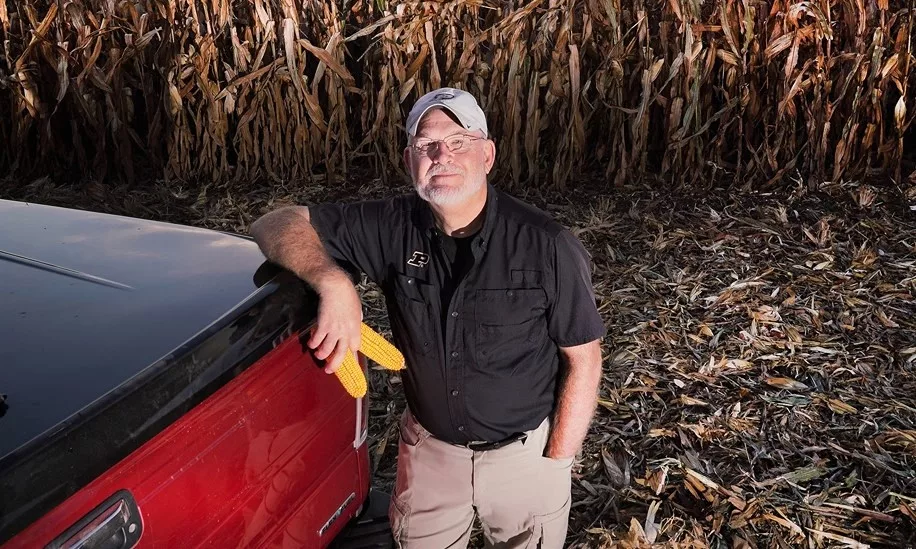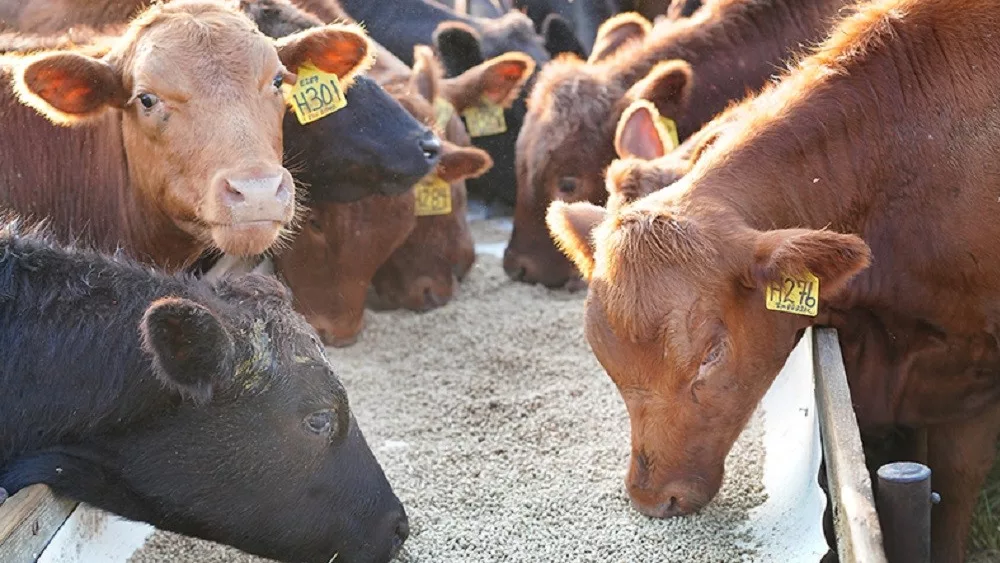The cost of seed corn represents 17% of farmers’ variable cost of production, second only to the cost of nitrogen (N) fertilizer. Every thousand seeds planted per acre that does not increase grain yield represents $3 to $4 per acre of lost profit for the farmer. Grain yield response of commercial dent corn to plant density (number of plants per acre or “population”) is typically not linear. More commonly the response takes the form of a quadratic or quadratic plateau function.
As population increases, the magnitude of the yield response decreases until ultimately yield response ceases or even decreases due to the stress imposed on the plants. The “balancing act” of determining the “optimum” plant population is not just about maximizing grain yield, but also about avoiding unnecessary seed expenses as yield response to population decreases.
Dr Jim Camberato and I began conducting field scale research trials in 2008 to evaluate corn responses to plant population. Over 16 years, we accumulated nearly 100 datasets from different geographic regions and growing conditions throughout the state. Questions addressed in this presentation include 1) whether hybrids respond differently to plant population, 2) whether high plant populations require higher N fertilizer rates, and 3) whether site-specific yield responses to plant population warrant variable rate seeding.
Written by R.L. (Bob) Nielsen, Professor Emeritus of Agronomy at Purdue University.





